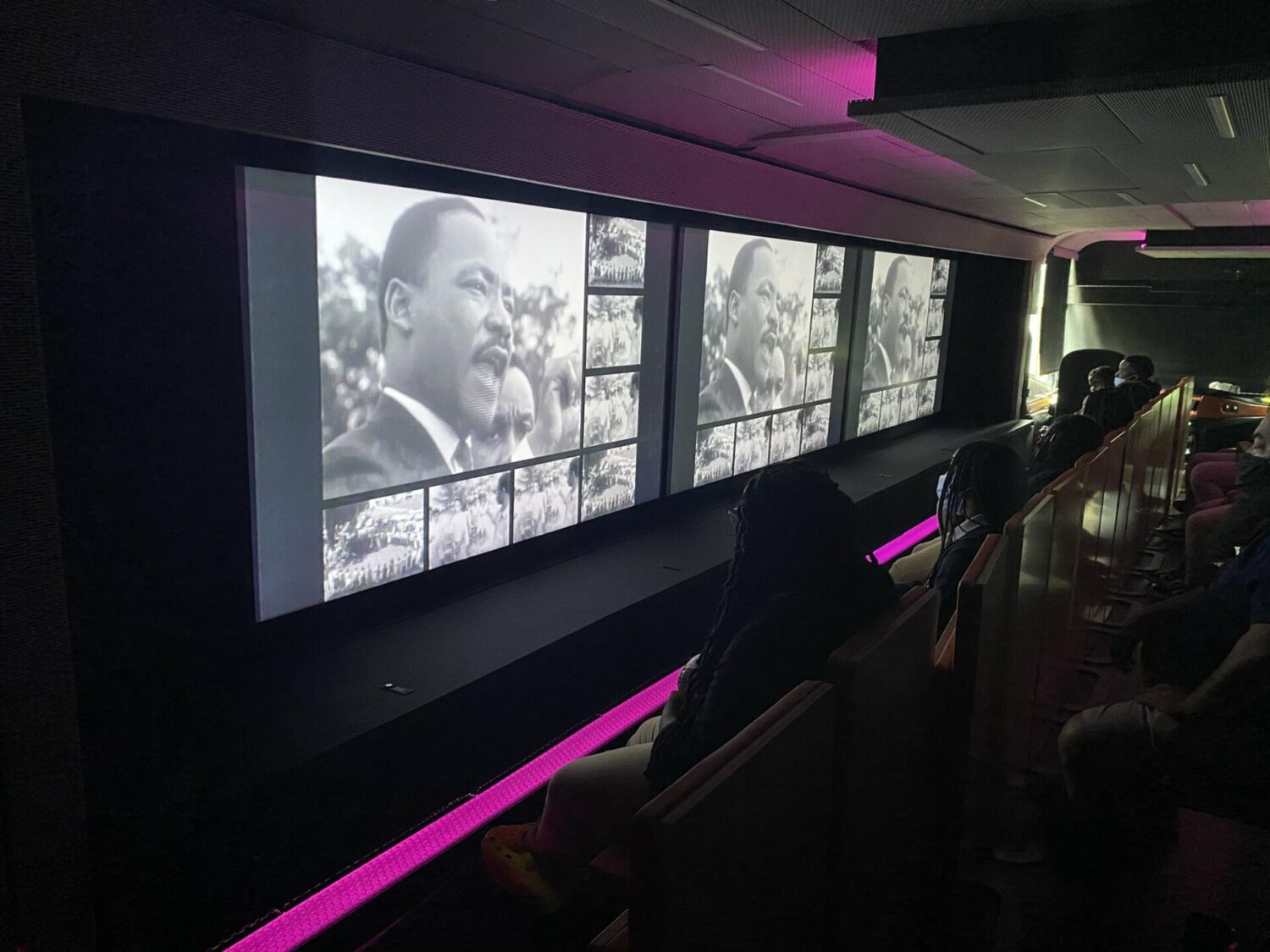Some museums and cultural institutions around the world are already implementing architectural accessibility projects or special events for visitors with disabilities and additional needs. Trainings are organized to expand the access to the cultural heritage, which was subsequently developed with a number of additional upgrading seminars and activities for training in applied classes, practical ideas and classes on preparation of tools.
A pilot project in this direction on local soil would be to systematize good practices and ideas for increasing accessibility in the museum, in accordance with the local specifics of the institutions caring for and preserving Plovdiv’s tangible and intangible cultural and historical heritage through the work of state and non-governmental organizations. and implemented projects in the field of social inclusion of people with disabilities:
1. To check whether the respective museums and other institutions plan or have implemented such projects and initiatives. Sharing their experience in this field – results of implemented initiatives related to accessibility or adapted information materials.
2. Which institution has made an information leaflet for visitors or an advertising leaflet for the museum in the last 3 years?
The museum as a social and educational space for visitors with disabilities and additional needs; social, psychological and physical prerequisites for interaction in the museum environment – a mission possible through:
-Museum accessibility guide – practical guidelines and examples.
-Available route – practical guidelines. Tools for working with visitors with additional needs in the museum.
-Adaptation of the talks and educational programs in the museum for visitors with additional needs – when there is a visitor with a disability or special educational need in the group.
-Improving communication and finding practical solutions together with representatives of specialized resource centers and schools for people with special needs.
Statements about the need to turn the museum into a space for dialogue of cultures have been sounding for a long time and persistently: museum workers, culturologists, ethnographers, psychologists, teachers, and philosophers are actively arguing about this. However, the question of the methods and forms of such a transformation remains open. How to transform a museum from a space filled with things into a space filled with meanings and, consequently, into a communicative, interactive, dialogical space.
The modern museum changes the idea of its mission and shows the prospects and opportunities for development as a multifunctional cultural institution capable of solving socially significant tasks. Today the museum is not only an institution of historical memory, but also a cultural form that is able to change in accordance with the trends in the development of society and culture. The modern museum is in search of relevant technologies and means of their implementation, expands the range of its socio-cultural functions, includes new segments of society in its sphere of activity. As a specific cultural instrument with a set of unique criteria, as well as the ability to accumulate and transmit historical and cultural experience, the museum becomes an effective mechanism for sociocultural adaptation and self-identification, ensuring the inclusion of the individual in culture. The possibilities for a museum to participate in solving sociocultural problems undoubtedly alter the directions of many forms and methods of museum activity.
At the very beginning of the work on the creation of inclusive educational programs, the museum’s researchers faced doubts and a number of questions related to the accessibility of the museum environment for children with disabilities, the possibility of adapting existing expositions and programs, ways of transmitting information, etc. It became clear that with a wide variety of stock and information materials, museum staff often have a certain set of stereotypes and are not sufficiently familiar with the peculiarities of interaction with visitors of this category. Therefore, in recent years, the institution has begun to devote more time to training employees. The main sources of training are online seminars, conferences and webinars, which deal with the problems of understanding disability (terminology, etiquette), communication with people with various types and degrees of disabilities, recommendations for organizing inclusive programs, and the experience of world and Russian museums. All categories of employees are involved in the training process, since understanding the specifics of working with special people is very important for us: a stay in a museum should be as useful and comfortable as possible for this category of visitors.












